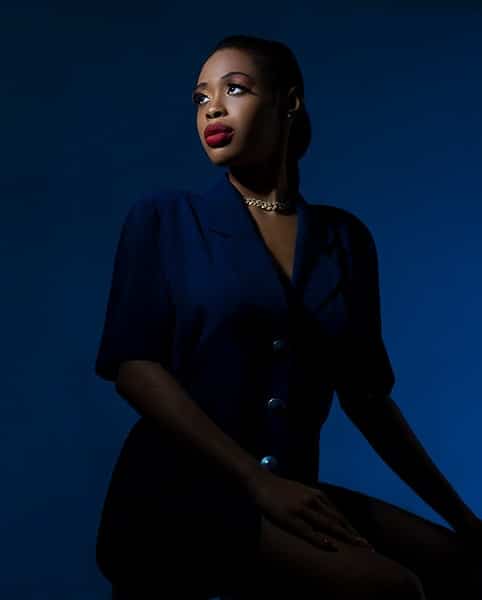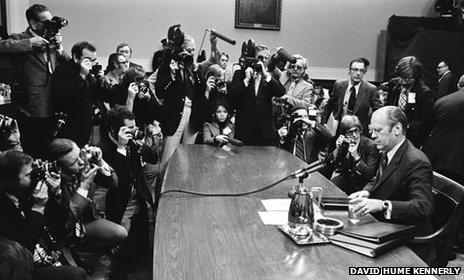With the popularity photography has gained in the art, science, manufacturing, and mass communication industries, the need to study the business of photography has become important. In this article, photography will be analyzed, purely from its business angle, with reference to practical photography business models and names to help your start-up process smooth.
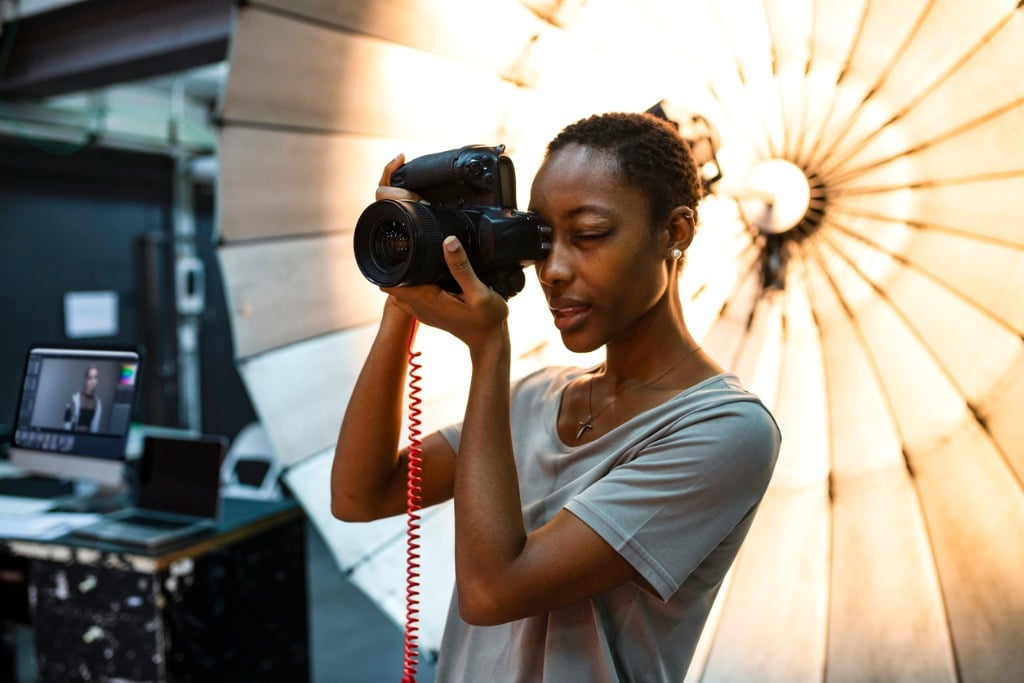
In the last decade, Photography, has, although not controversial, being viewed in many ways. A description by Wikipedia calls it “the art, application, and practice of creating durable images by recording light, either electronically by means of an image sensor, or chemically by means of a light-sensitive material such as photographic film.”
Pretty basic …
But the real questions are, Do you have a flare for this art? Would you like to make cool money from it? Are you having a problem with taking the right steps? Or perhaps, you’ve been in the industry but you’re not thriving?
Well if you stick around long enough, these would no longer be a problem.
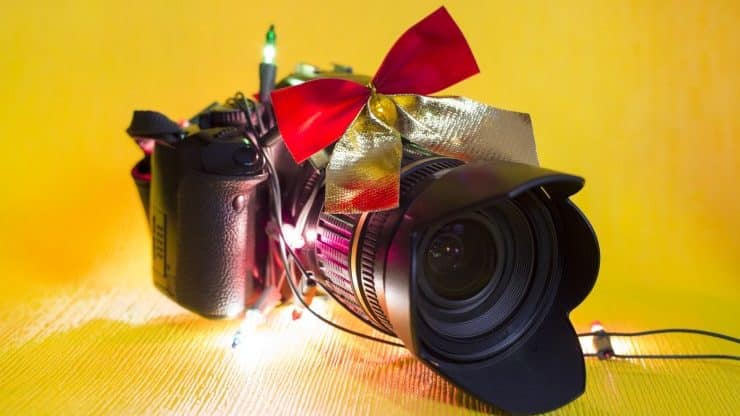
Photography Business
The business of photography did not start until its invention in the early 1880s.
However, that period was totally unlike now that the art of photography no longer belongs to the professionals. The technology of smartphones has tried to phase out the occasional touch of photography.
Read Also: RESTAURANT BUSINESS: The 21st Century Business Guide (+ Detailed ideas)
But here’s the good news. These unconscious efforts to layoff the business have proved futile. On a daily basis, thousands of pictures are taken with smartphones. But let’s be practical, how many pictures do you print from your phone? Besides that, no matter how sophisticated your phone is none of those pictures are editable on photoshop, except you try to use the mobile version, which is not as effective as the PC version.
So, you see, making money from photography is still as fresh as a newborn. However, with the competition it has gained from the use of other smart devices, the business is for the smart. Hence, since you’re smart, follow the detour…
I believe you’ll agree that in setting out on an adventure, it is very important – for safety’s sake – to never leave behind the map. And since you’re new to this; then it is crucial we take a quick glance at the map of photography (the types of photography).
Photography business idea is the type of photo practice you can do to make money. Before we forge further, please note that these concepts: Types of Photography Business, and Photography Business Ideas, will be discussed from the same point of view. In other words, whatever is discussed as types of photography can as well be considered as a business idea. Since that has been settled, let’s begin the opening.
Types of Photography
#1. Portrait Photography
Also called portraiture, portrait photography is one of the most common genres of photography. It is famous for one thing; capturing the natural emotions of a person or group of people. Often, the images captured are either posed, close-ups, or full body.
Whichever it is, the focus is all on the face of the subject. A family or baby photo is a good example of portrait photography. If you derive pleasure in capturing the mood of people, this could be your big deal.
Now, the good part of this business is that you do not need to rent an apartment; you can make your room your photo studio.
Read Also: FASHION DESIGN BUSINESS: How to start a home-based fashion design business.
#2. Photojournalism
Ever wondered where those pictures you saw in newspapers and magazines are found?
I bet you have your answers already. Yes, they are taken by photojournalists.
Photojournalism is simply telling news with photographs. But then, as simple as it sounds, it’s not void of technicality. As against portrait photography, photojournalism appreciates capturing candid scenarios than taking perfect shots.
So, if you think you’re truthful and can be objective, this may be your best bet.
#3. Fashion Photography
Fashion photography adorns fashion; clothes, shoes, and accessories, with the aim of making them pleasant, in the sight of customers. And of course, it is exactly what you thought; it is this type of photography that’s often on display in the magazines you’ve come across.
The practitioners of this niche are always found at both indoor (studios) or outdoor events; so far they are fashion-related.
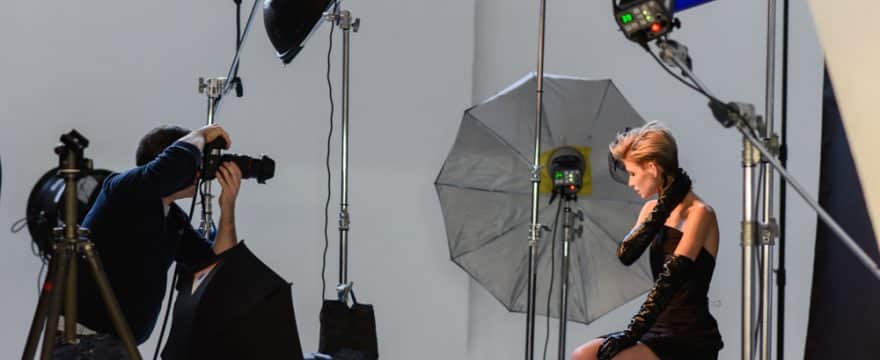
Examples are weekend parties, known in the western part of Nigeria as “Owambe.”
Fashion photography is similar to portrait photography; they require same skills. If you possess very strong communication skills and can spur out natural emotions in people, you may want to consider this niche.
#4. Sports Photography
Yeah, it is just what it sounds like. The only special part of this photography is that, its practitioners make use of really big lenses, to pull close the activities in action while positioned at a distant angle. Also, cameras used often need to possess a high ISO, to capture moments in rapid moves.
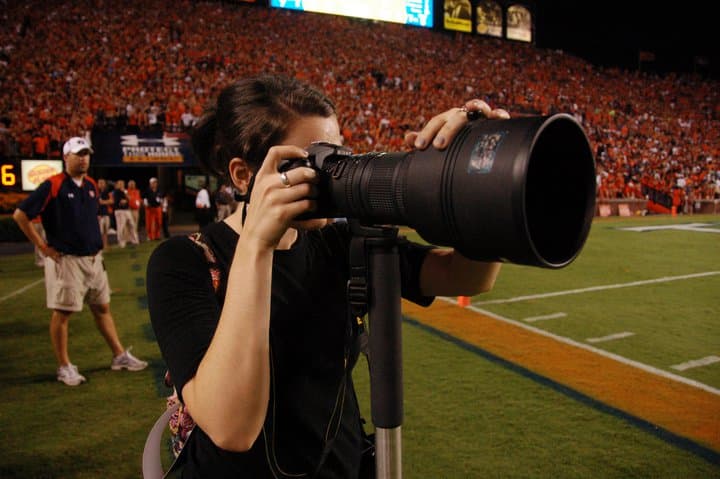
Sports photographers of course love sports. Do you have a passion for sports? Try sports photography.
Read Also: POULTRY FARMING BUSINESS: Baby-steps to Setup a Cost-effective Business in Nigeria
Still-Life Photography
Still-life photography deals with inanimate objects; they can be natural or manmade. An example is the picture of products in billboards, magazines, or catalog adverts. There are numerous numbers of industries that need the services of professional still-life photographers.
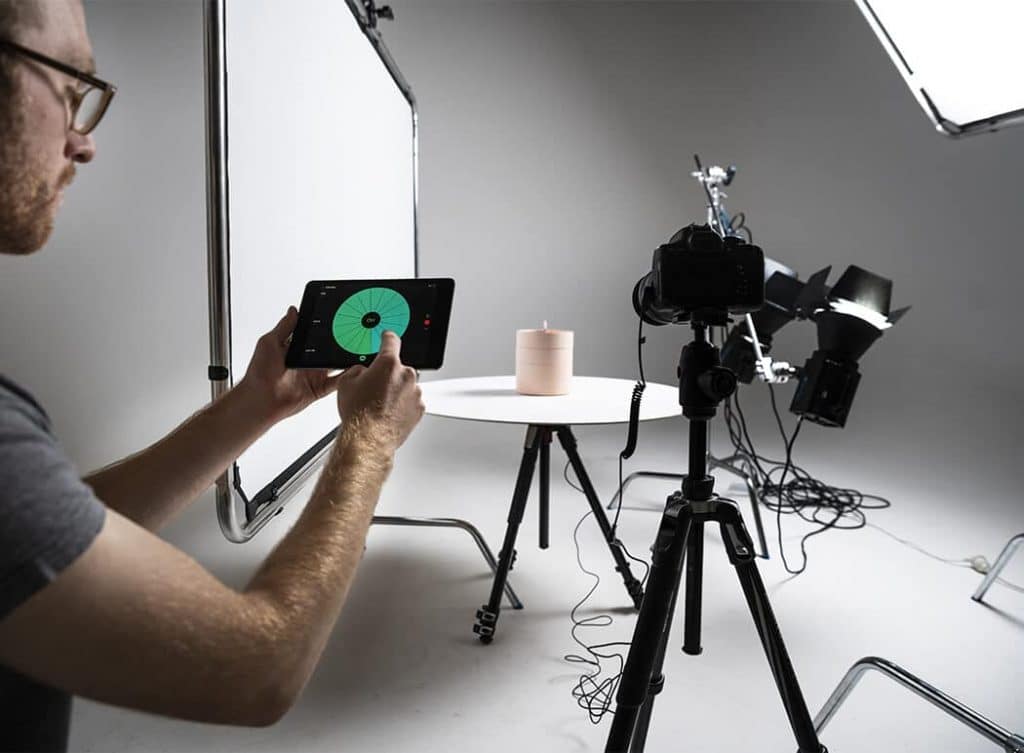
You can offer still-life photography to artisans to better present their crafts to their large audiences.
Other Types and Photography Business ideas
- Pet Photography.
- Wedding photography.
- Food photography.
- Wildlife photography.
- Social media marketing.
- Stock photography (selling any type of picture you took in a marketplace/platform).
- Teaching photography.
- Real estate photography.
- Mini photo sessions.
Photography Business Model
What is a business model? It is simply the description of how a business makes money. In order words, your photography business model is how your photography business will make money.
As described by Jon Magrettan in “Why Business Model Matter,” business model came into wide usage with the invention of computer tools such as the Spreadsheet. This tool helps business owners plan, analyze, and know the structure of their costs and streams of revenue.
The diagram below gives more insights as to how your photography business model should look like;
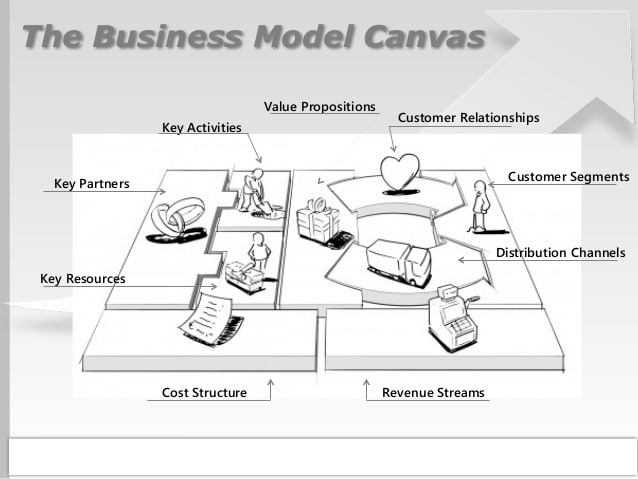
A Business Model Seeks to Detail the 3 Things:
- What it requires to make your product or service: this could be raw materials, capital (including labor).
- What it requires to sell: sales process, marketing, delivery process etc.
- How (and what) customers pay: here, we talk of payment methods, price strategy etc.
Since you already know that if you’re not making money, you’re not doing business; it is important you have a business model before starting out in photography.
Photography Business Names

You need to name your photography business for a major reason: branding. Just as you were named to differentiate you from others, your business needs a name to be significant. And in doing this, you don’t need to get complicated. There are people who use their best name(s) for their business.
You may see business names like Raph Photography.
Basically, you need to get creative with this; be it your nickname, First name, or a significant experience. They just need to be very easy to remember and something relatable to your niche or target audience.
Generally, try as much as possible to avoid very long business names with tons of syllables.
Now that you’ve known what a photography business name should like, how do you start the business itself?
Read Also: Laundry service Business: [6 success keys +business plan]
How to Start the Business of Photography with Minimal Experience
The fact that you have little or no experience doesn’t mean you cannot start a photography business. It is however important to already know the vital things to do before setting out. And that is exactly the reason for this part of the article. Here, the procedure for starting photography business without any experience has been broken down into steps and processes you can easily assimilate.
To start with, the truth remains that you have to get those experiences you do not have; it is almost impossible to start a photography business without any exposure.
Meanwhile, getting those experiences, and skills are not as difficult as you’ve thought. The first thing you need to learn is the basics of photography. Good news! Even that is so readily available that you can learn it on YouTube. And if you prefer a wider range of learning, you can decide to take a photography degree in any school you like.
After this, it’s time to practice what you have learned. The best and easiest way to do this is by freelancing with a good photographer you know (maybe) in your residence.
However, it must be someone who doesn’t want free help? Such a photographer will be willing to have you because he’s not parting with his money.
Now that you know how a professional works, you’re two steps ready for the next stages.
How to Start the Business of Photography with Minimal Experience: Step by Step Procedures
To commence the business, here, are what you should do:
Step One: What type of photography do you want to do?
It is important you make this decision early enough, as you can’t jack the trades and master all. The easy way is to “pick the photography you enjoy.” This can be any of the niches, discussed above.
Step Two: How do you make money?
Here, is where your knowledge of photography business ideas becomes useful. Truly, there are tons of ways a photographer could make money. You can decide to teach photography, sell photos, or take pictures. But note this; depending on the niche you have picked, charge people a fee (irrespective of how little); that is when you’re doing business.
Step Three: You need a business plan
It must not be complex. Make it simple, and be sure it clearly states:
- The name for your business.
- Your target audience.
- Your services and prices.
- Vision and Mission statements.
- Financial resources.
Read Also: Online Business to Earn Money in 2023 (+ How to Start Guide)
Step Four: Your tools are important
Buy two high-quality camera gear. Absolutely, one works effectively. However, you need backup pieces of equipment, just in case. Other basic tools are lenses, flashes, lights, and a computer (if you want to edit pictures).
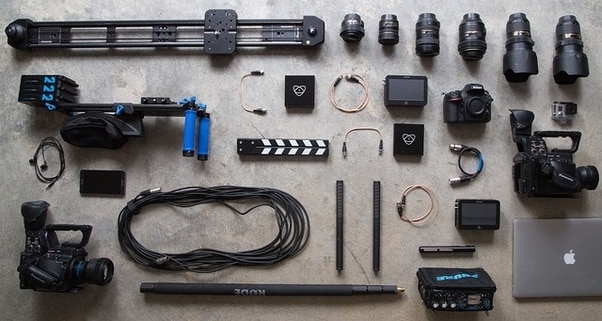
Other things to do as a beginner:
- Blow your trumpet through social media.
- Deliberately build human relationships (it is human beings that recommend).
- Invest in marketing.
- Save, then reinvest in the business.
- Run a website, when you can.
- Hire help, when necessary.
- Don’t stop learning.
Costs
Because good photography gear is pricey, you’ll want to start with the simple essentials: If your company isn’t yet profitable, purchasing a $5,000 lens makes little sense. According to many skilled photographers, you should budget around $10,000 to begin your photography business.
“Building slow and smart,” says professional photographer Austen Diamond, can help you stay nimble. Allow your company’s organic development to support equipment upgrades, and avoid debt if, at all possible, he advised.
Here is a basic budget for establishing your photography business, based on interviews with established photographers. It does not include studio or office space. All prices are estimates for the coming year or one-time purchases.
- Camera: Between $1,500 and $2,000.
- Lens: $1,000 or more.
- Two Flashes: $700
- Memory Card: $50 or more.
- Two external drives: $120. (keep one backup off-site)
- Computer or Laptop with enough RAM space: $2,000
- $60+ for a website (Wix, PhotoShelter, SmugMug, or Squarespace).
- A year’s membership to Lightroom and Photoshop: $120.
- Business License: $150 (varies)
- Insurance: $600 per year (varies)
- Accounting; $300+ per year (varies)
- Contracts range from free to $1,000+. (varies)
- ShootProof, an online proof gallery: $120 per year.
- $20+ for business cards
Optional Expenses
- Lynda.com classes, for example, provide business training.
- Workshops and lessons in photography
- Fashionable Camera straps and purses
- Printed Marketing materials
- Studio and office space
Other Tasks You’ll Need to Complete (Some of Which May Be Free or Low-Cost)
- Use social media to promote your company (Facebook, Twitter, and Instagram, to start)
- Make a name for your company and a logo for it.
- Investigate the most effective business structure (LLC, S corporation or other)
- Obtain a sales tax permit and a tax identification number for your business (EIN)
- Obtain image license and usage contracts for free through Creative Commons.
- Establish a business bank account.
- Find a way to keep track of client contacts and emails (see BND’s list of the top CRM software).
- Select a spreadsheet and scheduling program (Google Docs is free)
- Use an expense tracker like Expensify or BizXpenseTracker to keep track of mileage, costs, and billable time.
- Select a payment card reader.
- Create a referral program.
Your Company’s Image and Reputation
The following is guidance from our expert sources on developing your personal brand and reputation as a professional photographer.
Your Persona and Equipment:
If you work with others, you are your company’s brand. Even minor details have an impact on your reputation, and word-of-mouth referrals will account for the majority of your company. If you’re going to a shoot, make sure you’re dressed appropriately. Your shirt should be ironed. Your car should be washed. Organize yourself. Bring your own snacks and drinks. Charge up your gadgets. Gifts of gratitude and referrals should be elegant. Being prepared demonstrates professionalism and respect.
Being on Time:
Always arrive early for the session, and make sure to present your goods on time. To avoid getting lost, print out directions. Ensure that your clients are aware of your production schedule and how long it will take them to obtain their proofs and final product and that you follow through on your promises. Return phone calls and emails as soon as possible.
Anonymity on the internet is practically difficult these days. Many potential clients will look for you and your services on the internet. The photographs you put online should not only be of high quality but also be of the type you want to take to attract the type of business you want to undertake. Keep your language nice and avoid argumentative social media posts. Maintain an up-to-date LinkedIn profile and contact information across all platforms.
Pricing
Many photographers struggle with assessing their worth and choosing their prices. Obviously, you should never price a job in such a way that it results in a loss of money or pays less than the minimum wage, yet many people do. You can do some research to learn what your competitors charge in your area, but in the end, you’ll have to price what you’re worth.
In general, 3 hours of editing work should be budgeted for every hour of shooting. To cover normal costs, some photographers employ a rate of around $50 per hour. Make sure to account for time spent traveling and preparing. Consider recurring expenses like insurance, equipment, accounting services, and your website.
When you start adding up the statistics, it’s easy to understand why undercutting your competitors isn’t always the best plan and could cost you money on a job. Whether you can’t seem to get the numbers to add up, you’ll have to decide if you’re happy with a costly hobby or if you need to diversify into a more profitable sector.
For high-priced engagements, you should always require an upfront deposit. To avoid credit card stop payments, you should pay the deposit with cash, cashier’s check, or bank transfer.
The first point to remember is that many photographers charge $50 per hour to cover their expenses. For every hour of shooting, you should plan on 3 hours of editing.
Contracts and Customer Expectations
It’s critical to manage your client’s expectations if you want to be successful. Your customers should know exactly what to expect from you, as well as what they can expect from you. Timelines and group photos for weddings should be planned ahead of time. Customers should know what outfits and accessories to bring for infant photographs. People should know how to dress if they’re photographing corporate headshots.
When it comes to contracts, your clients should be aware of the amount due in advance and how to pay it. You should specify how long ahead of time you need them to commit so that you can plan ahead. Contracts should be thoroughly discussed, and if applicable, your customers should understand how they are permitted to use the photographs — and this should be documented. While legalese may not be everyone’s cup of tea, your professionalism will ensure that this crucial portion of your company agreement goes as smoothly as possible. On sites like Less Accounting, you may get free contracts such as model releases, picture licensing, wedding agreements, and other popular photographic contracts.
Finding your niche market helps you to focus on a specific skill set while also providing networking opportunities in a particular genre. Photographers for weddings and newborns abound. These types of gigs are still available, but if you can provide something that others don’t, you may be able to obtain additional work.
You could sell a product that caters to a specific genre, such as sports, or a specific style or mood, such as amusing photographs. Perhaps you’re a writer who can make lovely picture books based on family stories. Perhaps you work in the medical field and have the skills necessary to produce high-quality instructional medical photographs.
Is a Photography Business Profitable?
Photographers may experience challenges in pursuing this vocation at first, but after some time, they begin to realize that photography may be a profitable business. As a photographer, you can earn money in a variety of ways. There are no restrictions on how much money you can make.
How Much Does It Cost to Start a Photography Business?
Considering that good photography gear is generally pricey, you’ll want to start with the bare essentials: If your company isn’t yet profitable, purchasing a $5,000 lens makes little sense. According to many skilled photographers, you should budget around $10,000 to begin your photography business.
How much does a photography business make a year?
The average income for photographers is around $30-40k per year, according to the Federal Bureau of Labor Statistics, with the top 10% of earners earning over $70,000 per year.
What Kind of Photos Sell Most?
In other words, they want honesty. Here the contrast wasn’t quite as pronounced, but it was still obvious: A large majority (62%!) of best-sellers are shot in a candid manner, while only a minority (38%!) are obviously posed. To capture real moments, take photos.
How Much Can a Beginner Photographer Earn?
As of the 9th of December, 2022, a beginning photographer in California may expect to earn an average salary of $32,225 per year. For the sake of convenience, that comes out to about $15.49 per hour using a basic wage calculator. In other words, you’ll be spending about $619 per week or $2,685 per month.
Can Photography Be a Full Time Job?
It’s not simple to make a living as a photographer. Now that everyone has a camera in their pocket, it could be harder than ever to stand apart. It could also have an alluring ring to it. The bulk of the time, a professional photographer is not the one clicking the camera’s shutter.
Is Photography a Good Career in 2023?
Therefore, in conclusion to the inquiry “Is Photography a Good Profession?” That’s right! In the United States, a photographer can make a livFing wage (or close to it) if they focus on commercial work.
Conclusion
With the discussion so far, the business of photography has only become easier, even for a complete beginner. If you find this useful, peruse and share.

